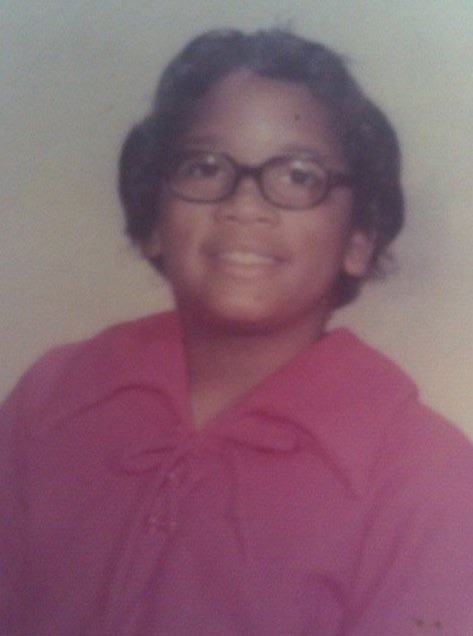Growing Up Black in Norfolk
The Rev. Dr. Shelley Best
Text by Kelly Kandra Hughes
The Rev. Dr. Shelley Best has achieved a lot in her 59 years of life. She is currently the pastor of A.M.E. Zion Church in Plainville, Conn. She has raised over $10 million dollars for her uplifting and empowering ministries. She created The 224 Ecospace, a sacred entrepreneurial venue in Hartford with galleries and performance and work spaces. She served as Connecticut’s leader in faith-based initiatives during the administrations of Presidents George W. Bush and Barack Obama. Her list of achievements is quite long. But before it all – before the million-dollar grants, the advanced degrees from Yale University and Hartford Seminary, and her service to the White House – she was Shelley Best, a black child growing up in Norfolk in the 1960s and 70s.

Although the official demographic makeup of Norfolk in the 60s and 70s is unavailable, Best reported her family being the only black family in town. With her brother Steve being nine years older and her sister Sharon four years younger, Best spent many years at Center School (demolished after the opening of Botelle Elementary in 1970) as the only black child in the school. It was there she first learned her place as a black child as a context of the times. “I remember raising my hand and being ignored. Some teachers gave me attention, but a lot of times I felt pretty ignored. I think that was the method of coping with diversity at the time.”
Best also remembers the bullying – name calling, teasing, exclusion. Even a simple game of tag could be turned into a way to shame Best for her skin color. Other students would yell “shield” when she came around them so they wouldn’t catch the “blackness” from her.
Holidays also made it clear to Best that she was seen as less than the other children. Every Valentine’s Day at school, Best would make her envelope out of construction paper and write her name on it with a marker. And every year, Best would end up getting all the PePé Le Pew skunk valentines in the class. “Why am I getting all the skunks?” she remembers thinking as a child. On Halloween, Best wasn’t allowed to knock on front doors. She had to go to the side doors. “It was common for black people not to come in the front door. Oftentimes people would say, ‘come to the kitchen door.’ That was normal. And people don’t remember times were like that.”
Despite the prejudice and discrimination, Best did have her champions. She came to kindergarten as a voracious reader and by third grade had read through the sixth grade reading books. Around third grade is when Mrs. Keiller, one of the teachers at Center School, took special notice of Best. She offered a program in the summer for a select group of children who loved to read. When Best returned to school the next year, she was allowed to visit the library instead of sitting through reading. “I liked that opportunity,” says Best with a smile. “I got to be friendly with the librarian. Mrs. Deloy and Mrs. Keiller, they were my safe harbor people.”
Best also found companionship with some of the white children at school. She remembers it being very hard for those who were poor. They were called “raggies,” an old Norfolk term related to the people who worked the mills at Mt. Riga. “They got the Negro treatment,” says Best. “By virtue of the context, the poorer white kids would have it a little easier to talk to me or play with me or invite me to their events.”
As an adult, Best views these experiences as one of the reasons she became the social justice activist she is today. “I got to witness how poor white kids could be treated and I think that really instilled in me this ferociousness about advocacy for everybody. I think everyone should have the opportunity to be welcome and included and treated with respect and humanity; that should be the norm. That was powerful for me to grow up and be able to see that sometimes because of class people were treated different.”
When asked how people can cultivate a sense of inclusion today, particularly during childhood, Best chuckles and says with a grin, “Parents should not name their kids rhymable names!” Laughter aside, Best thinks the way forward is for adults to pay attention to how children treat other children. To be the Mrs. Deloys and Mrs. Keillers of her youth. Watch for children playing by themselves on the playground. Make sure birthday parties include the entire class. “Childhood culture can be very cruel,” says Best. “I think the heart of it is to be aware when children are bullying other children. Someone needs to step in and let that child know that they matter.”
